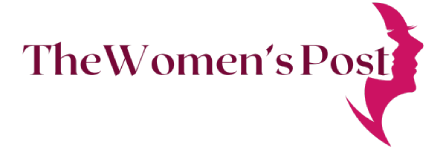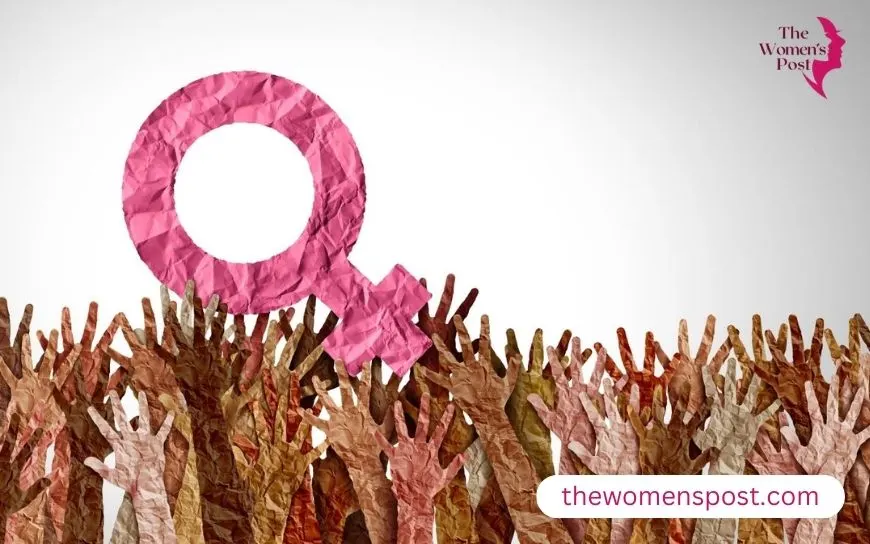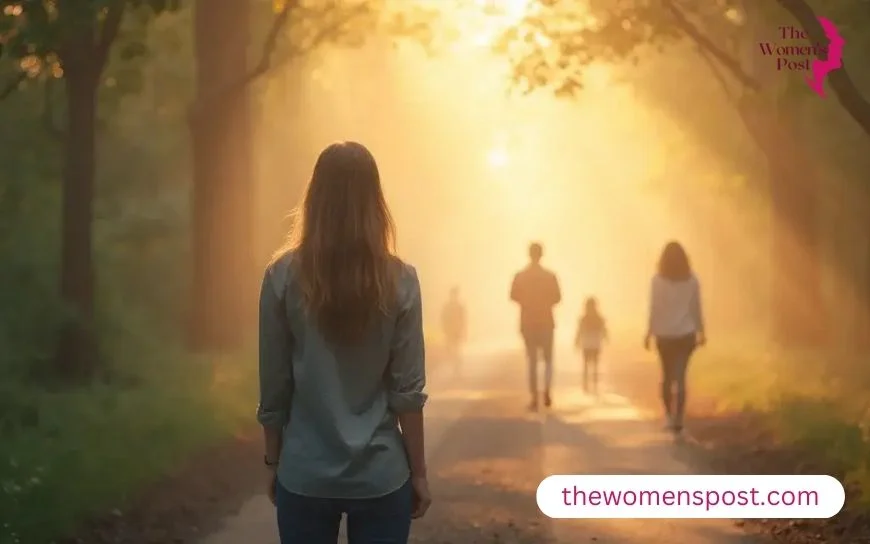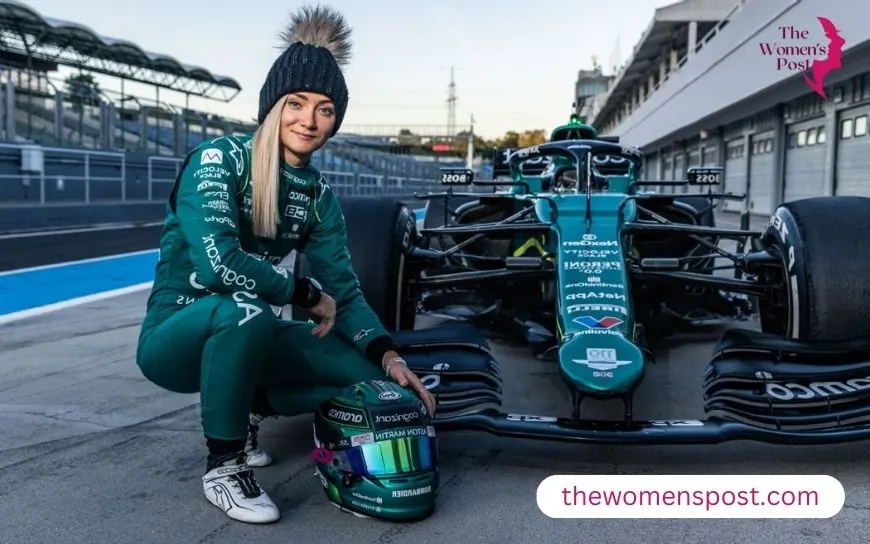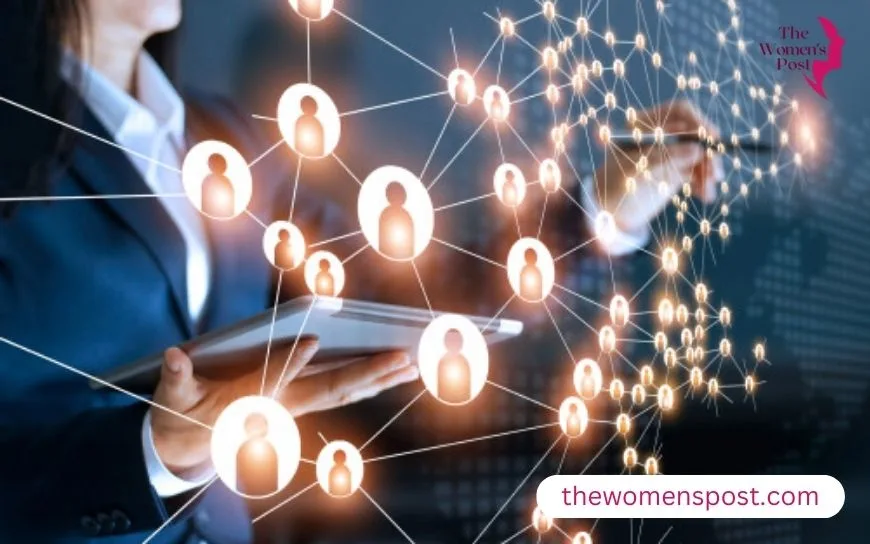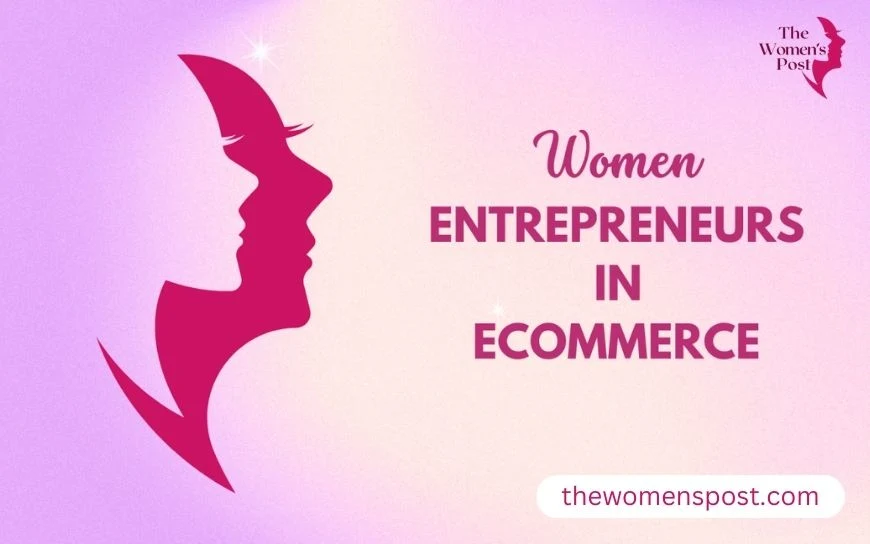The Emergence of Anti-Heroines in Pop Culture
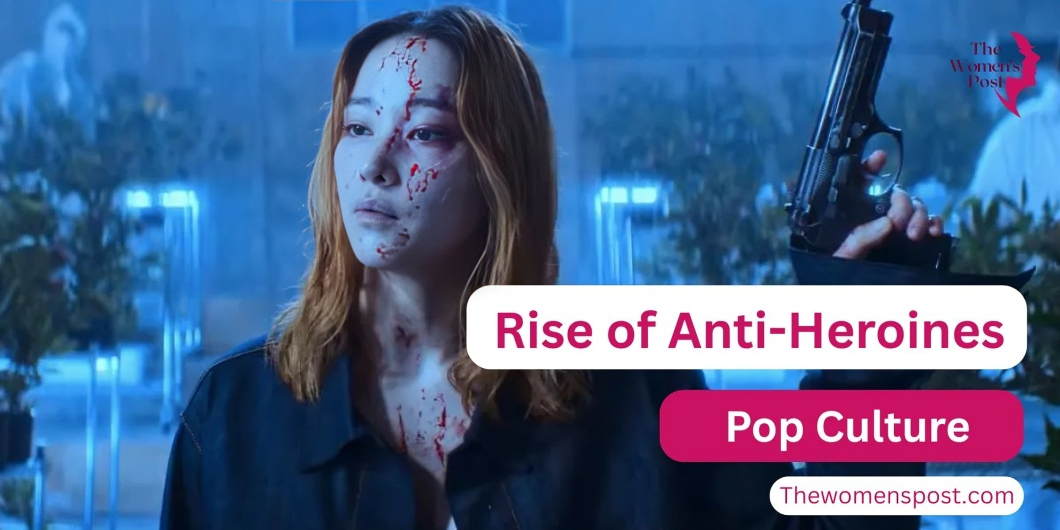
The portrayal of women in the movies, TV shows, and literature has rapidly evolved in the context of pop culture. Heroic or villainous portrayals of women as kind, selfless, or evil characters are obsolete. The change we are witnessing is the emergence of anti-heroines, those women who are the protagonists but are complicated, deficient, and at times, morally ambiguous. The emergence of anti-heroines addresses the changing dynamics of society and makes storytelling more vibrant and intriguing, particularly through the lens of how feminism shapes anti-heroines in media. In this text, we discuss the origins of anti-heroines, the reasons they are gaining traction in modern media, their role in transforming pop culture and societal norms, and the shifts in gender stereotypes.
Defining the Anti-Heroine
What Is an Anti-Heroine?
An anti-heroine is a main female character devoid of characteristics of a conventional heroine. Traditionally, female protagonists like Cinderella or Wonder Woman are portrayed as kind, brave, and virtuous. Anti-heroines, in contrast, can be self-centered, controlling, and at times, a real threat. Although anti-heroines embody flaws, they are appealing for the reason that they do not conform rigidly to societal expectations. Anti-heroines may not fit into a perfect mold, but they are still relatable and often gain support despite their imperfections.
Characteristics of Anti-Heroines
For example, a traditional heroine might save the day out of pure goodness, while an anti-heroine might do it for her own reasons—like revenge or personal gain. This makes them feel more human and relatable. One early literary example is Charlotte Mullen from The Real Charlotte (1894) by Somerville and Ross, a character who was ambitious and ruthless in ways that were unusual for women in stories at the time.
A Brief History of Anti-Heroines
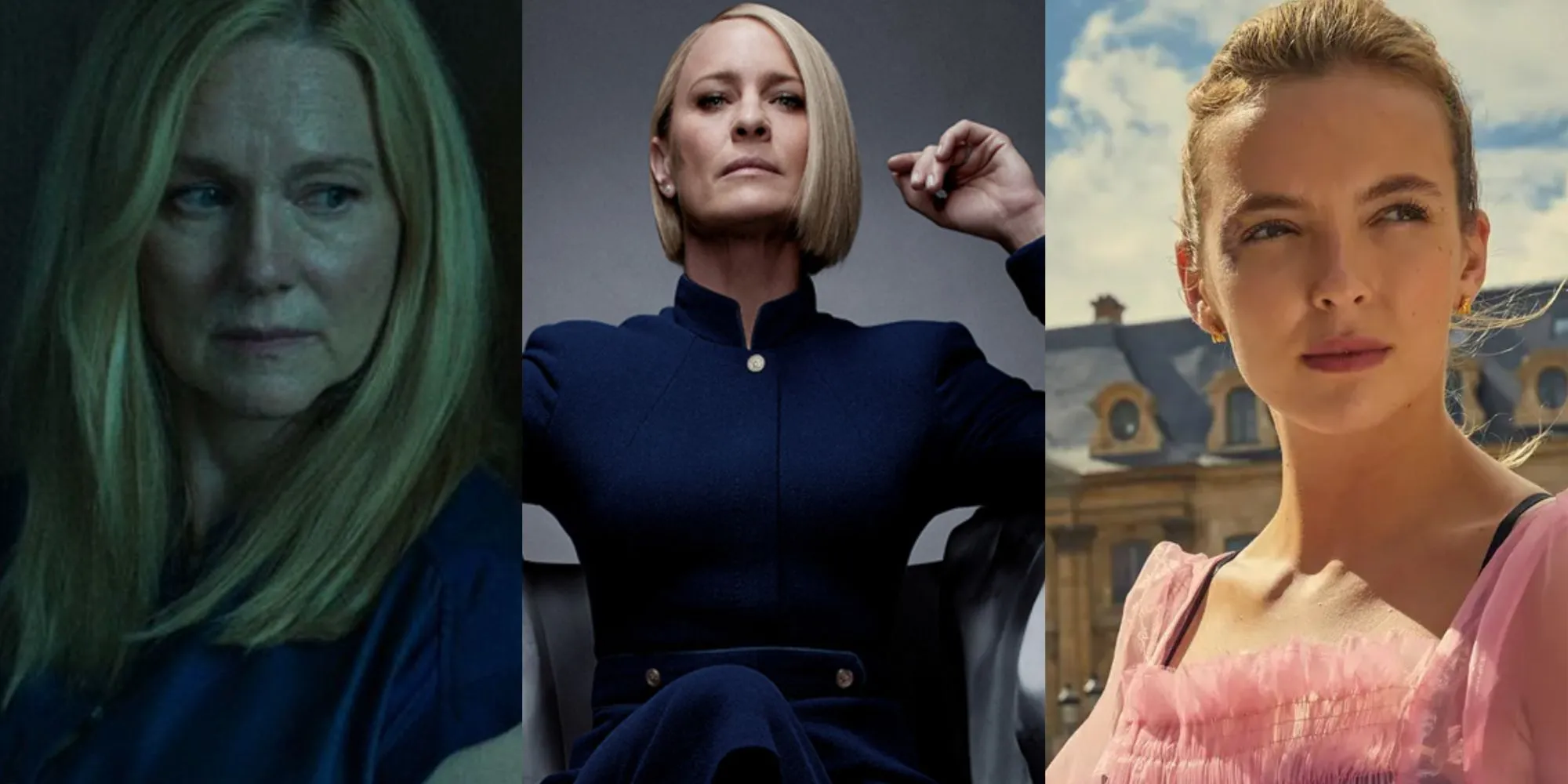
Also Read: Marina Abramović – The Grandmother of Performance Art
Anti-heroines didn’t just appear out of nowhere. They’ve been around for a while, evolving alongside changes in society.
Early Roots
In the 19th century, literature started introducing complex female characters. Charlotte Mullen from The Real Charlotte (1894) is considered an early anti-heroine because of her cunning and ambition. These characters were rare but set the stage for more to come.
1920s-1930s: Harlem Renaissance
During the Harlem Renaissance, Black women like dancers and singers challenged societal norms through their art. They weren’t traditional heroines, but their defiance made them trailblazers for future anti-heroines.
1970s-1980s: Hollywood’s Shift
Hollywood began experimenting with anti-heroines in films like Mad Max: Beyond Thunderdome (1985), where Tina Turner played a tough, unconventional character. This era also saw more “badass” women in action movies, breaking away from the damsel-in-distress stereotype, contributing to the impact of anti-heroines on gender stereotypes.
1990s: Embracing Imperfection
The “heroin chic” trend in fashion, with its pale, edgy aesthetic, reflected a cultural shift toward embracing imperfection. Movies like Pulp Fiction and Trainspotting featured women who were far from perfect, aligning with this trend and showcasing early anti-heroine characters in movies.
2000s-Present: The Rise of Quality Television
The real boom for anti-heroines came with the rise of “Quality Television” in the mid-2000s. Shows like Weeds, Homeland, and Scandal introduced complex female leads who were morally ambiguous but captivating. This trend continued with films like Gone Girl and The Girl with the Dragon Tattoo, further highlighting anti-heroine characters in movies.
Why Anti-Heroines Are Thriving Today
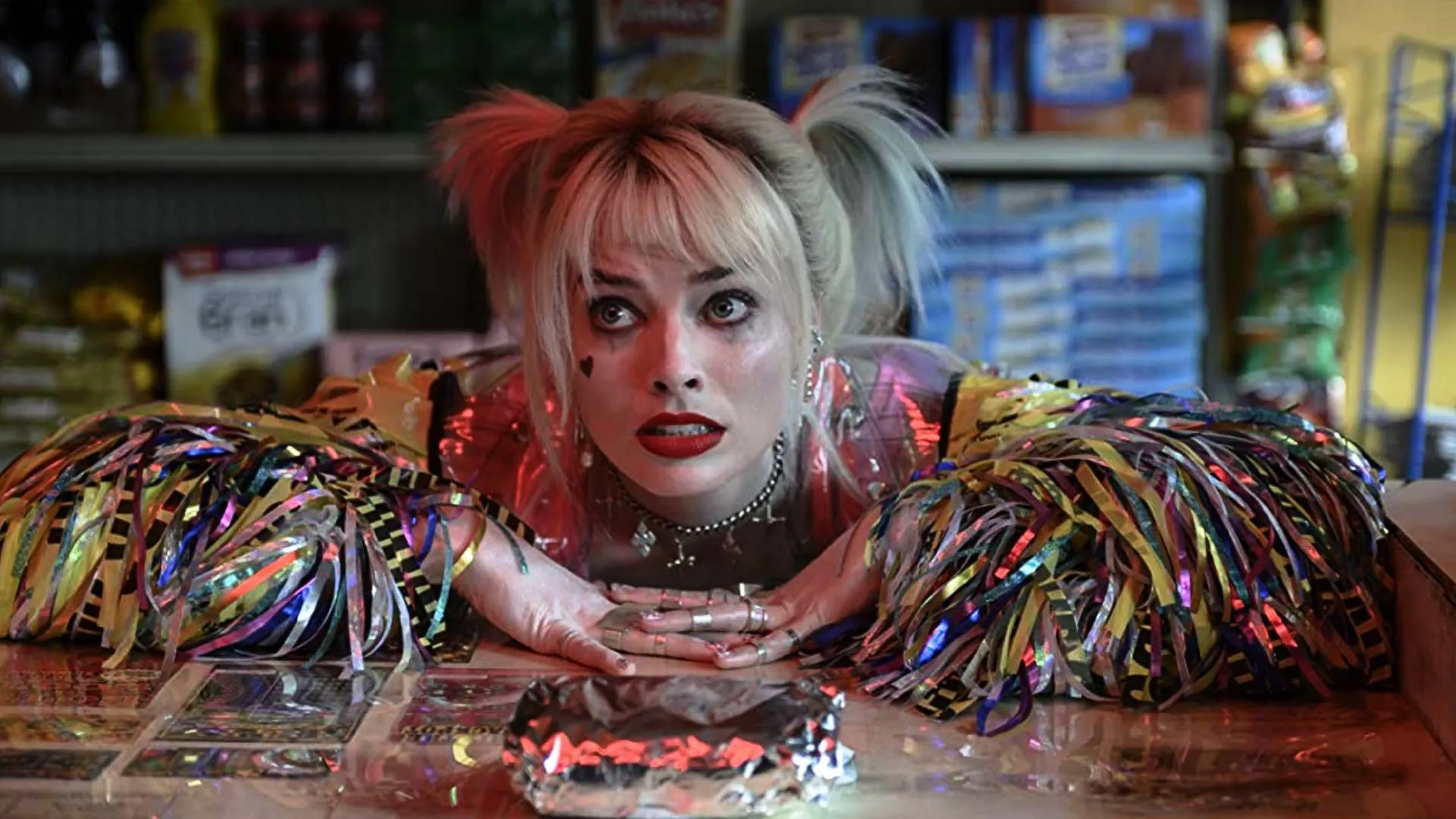
Also Read: The Role Of Women In The Art World
The rise of the anti-heroine is tied to several cultural and industry changes. Understanding why anti-heroines are popular in modern media involves looking at these factors:
Changing Views on Women
Society has moved away from expecting women to be perfect. The feminist movement has pushed for more realistic portrayals of women, showing them as complex individuals with strengths and flaws. How feminism shapes anti-heroines in media is evident in their ability to be strong, smart, and imperfect all at once. As Roxane Gay wrote in Bad Feminist (2014), “When a girl is unlikeable, a girl is a problem.” The anti-heroine challenges this idea by being unlikeable yet compelling.
Audience Demand for Complexity
Modern audiences are tired of one-dimensional characters. Research suggests that 79% of UK adults were binge-watching TV in 2017, showing a hunger for engaging, unpredictable stories. The anti-heroine delivers this with her moral ambiguity and unexpected choices. They keep viewers guessing, which makes them perfect for binge-worthy shows, a key reason why anti-heroines are popular in modern media.
More Platforms, More Stories
Streaming services like Netflix, Hulu, and Amazon Prime have created more space for diverse narratives. In 2018, Netflix alone rolled out 700 series and 80 films to 137 million subscribers, giving creators freedom to explore complex characters like the anti-heroine. Shows like Killing Eve and Fleabag thrive because they can take risks with unconventional female leads.
Women in the Industry
The rise of female showrunners and directors has also helped shape the anti-heroine. Creators like Phoebe Waller-Bridge (Killing Eve), Shonda Rhimes (Scandal), and Melissa Rosenberg (Jessica Jones) bring authentic female perspectives to storytelling. The 2018 London Film Festival achieved a 50:50 gender split in its competition strands, showing progress in gender parity behind the scenes, which supports how feminism shapes anti-heroines in media.
Iconic Anti-Heroines in Pop Culture
Let’s look at some standout anti-heroines who’ve captured our attention:
|
Character |
Media | Why They’re an Anti-Heroine |
| Carrie Mathison | Homeland (2011-2020) |
A brilliant CIA agent with bipolar disorder whose personal struggles lead to questionable decisions. |
|
Olivia Pope |
Scandal (2012-2018) | A crisis manager who crosses ethical lines to protect her clients and navigate her messy personal life. |
| Fleabag | Fleabag (2016-2019) |
A chaotic, self-destructive woman whose humor and vulnerability make her deeply relatable. |
|
Villanelle |
Killing Eve (2018-present) | A psychopathic assassin who’s charming and stylish but utterly ruthless. |
| Amy Dunne | Gone Girl (2014) |
A manipulative woman who fakes her own disappearance to frame her husband, a prime example of anti-heroine characters in movies. |
|
Lisbeth Salander |
The Girl with the Dragon Tattoo (2011) | A hacker with a traumatic past who seeks justice outside the law, another iconic anti-heroine character in movies. |
| Harley Quinn | Birds of Prey (2020) |
A chaotic, violent character who’s both villainous and loyal to her friends, showcasing the anti-heroine archetype. |
|
Aarya Sareen |
Aarya (2020-present) | An Indian housewife turned drug lord, balancing family and crime. |
| Gangubai Kathiawadi | Gangubai Kathiawadi (2022) |
A sex worker who rises to power in Mumbai’s underworld, fighting for survival and respect, contributing to the impact of anti-heroines on gender stereotypes. |
These characters show the range of the anti-heroine, from assassins to housewives, each challenging traditional notions of heroism in their own way.
The Cultural Impact of Anti-Heroines
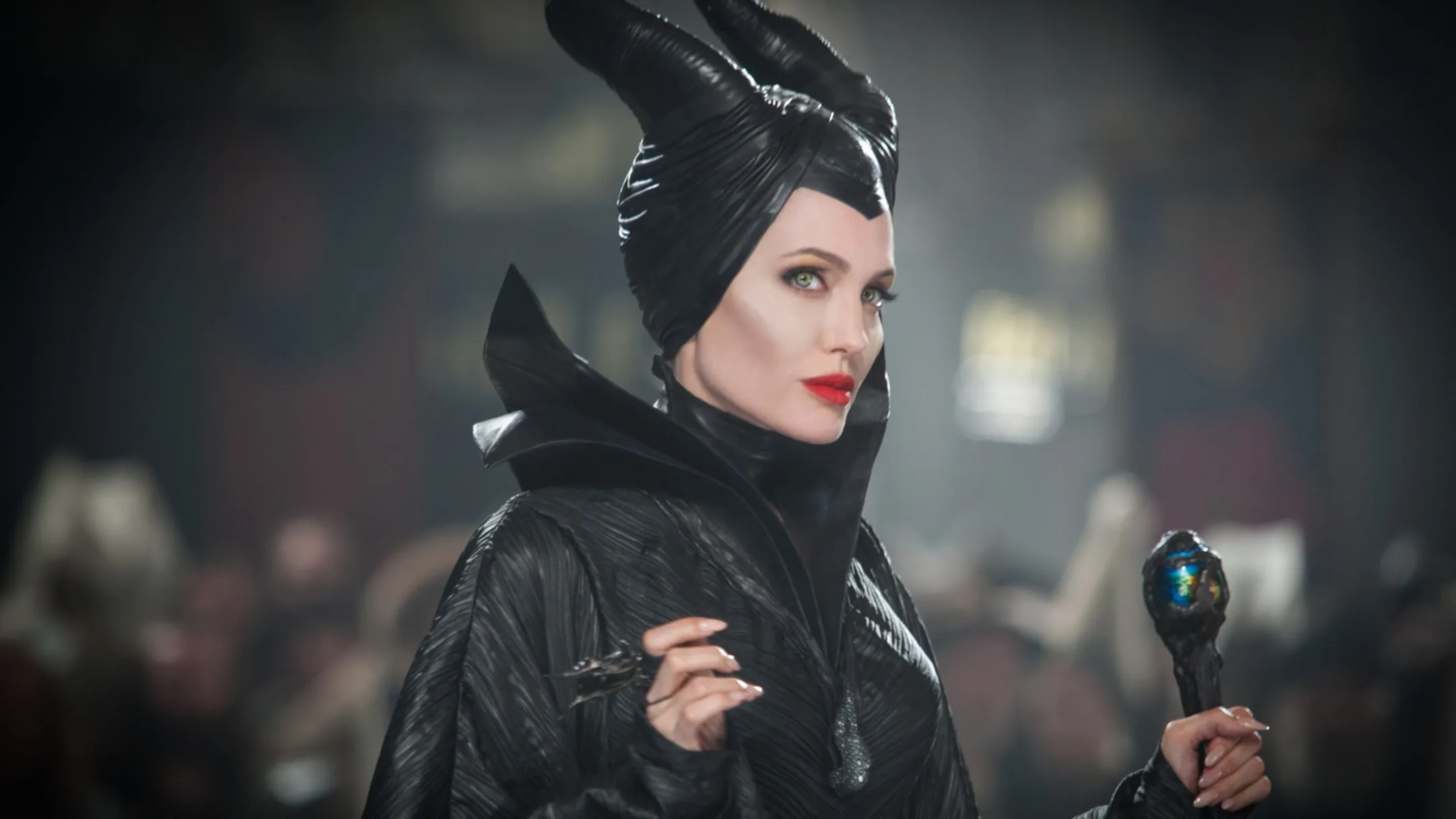
Also Read: The Growth of Female Indie Musicians
The anti-heroine is reshaping pop culture and society in big ways, particularly through the impact of anti-heroines on gender stereotypes.
Challenging Gender Stereotypes
They break the mold of women as either “good” or “bad.” By showing women as complex, the anti-heroine normalizes imperfection and expands what it means to be a female lead. This aligns with cultural shifts like the #MeToo movement and the push for gender equality, reinforcing the impact of anti-heroines on gender stereotypes.
New Storytelling Possibilities
Writers can now explore a wider range of human experiences. The anti-heroine allows for stories that tackle tough issues like morality, power, and identity in nuanced ways.
Empowering but Controversial
While many see the anti-heroine as empowering, some critics argue they can glorify negative traits like manipulation or violence. This debate adds depth to their cultural significance, as they spark conversations about what makes a “good” character.
The rise of the anti-heroine also reflects a broader cultural shift from the #Girlboss era (think Miranda Priestly from The Devil Wears Prada) to the #VillainEra, where women embrace their power without needing to be perfect. This is seen in music too, with artists like Taylor Swift (Reputation, 2017) and Olivia Rodrigo (Obsessed, 2024) exploring darker, more rebellious themes, further illustrating how feminism shapes anti-heroines in media.
Anti-Heroines Around the World
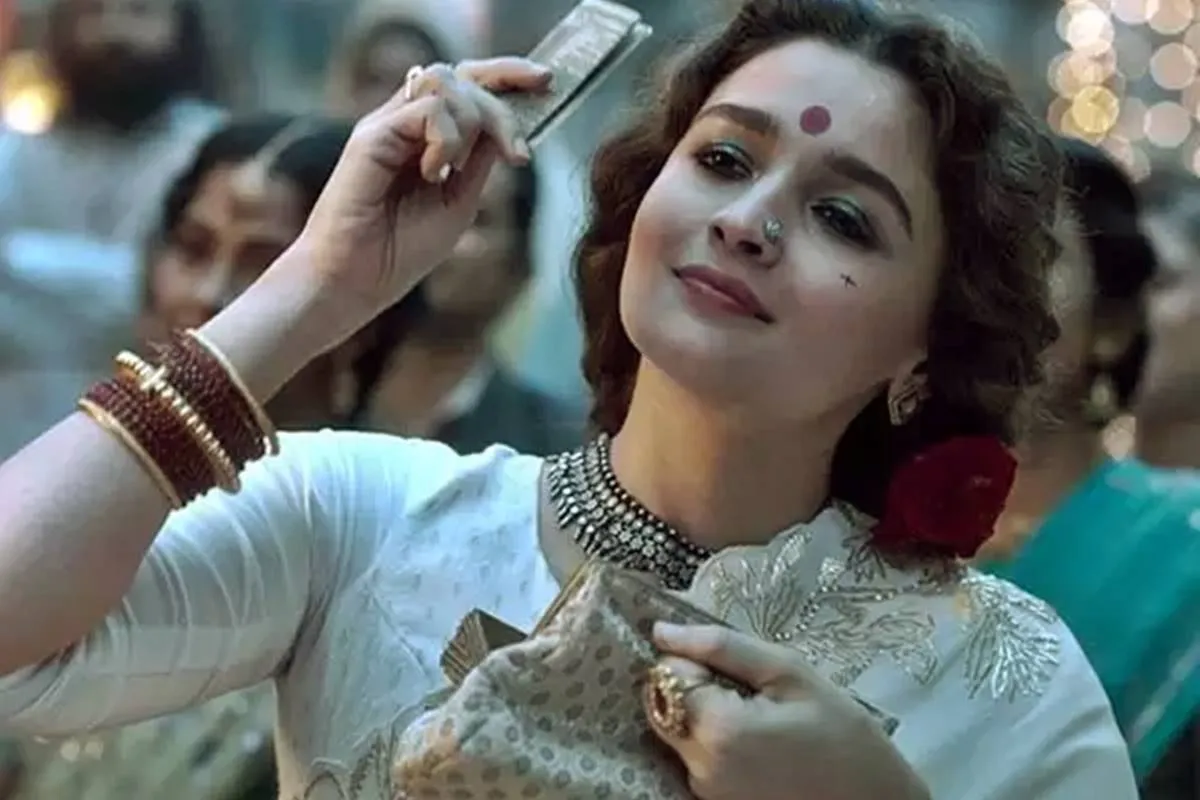
Also Read: Diane Arbus: The Artist Who Found Beauty in the Unseen
While the anti-heroine trend is strong in Western media, it’s also growing globally. In South Asia, for example, the 1980s and 1990s saw actresses like Smita Patil in Mirch Masala play characters who fought against traditional roles. More recently, Indian films like Mardaani (Rani Mukerji) and Gangubai Kathiawadi (Alia Bhatt) feature women who are both heroic and morally complex. These characters show that the anti-heroine archetype resonates across cultures, though their stories are shaped by local contexts.
The Future of Anti-Heroines
The anti-heroine is here to stay. As audiences continue to demand complex characters, and as more women take on creative roles in media, we’ll likely see even more anti-heroines. They’ll keep pushing boundaries, challenging stereotypes, and sparking debates about morality and gender. Whether they’re assassins, hackers, or housewives, these characters will continue to captivate us with their humanity and flaws, solidifying why anti-heroines are popular in modern media.
Frequently Asked Questions About Anti-Heroines
Who are some famous anti-heroines in pop culture?
Examples include Carrie Mathison (Homeland), Olivia Pope (Scandal), Fleabag (Fleabag), Villanelle (Killing Eve), Amy Dunne (Gone Girl), Lisbeth Salander (The Girl with the Dragon Tattoo), and Harley Quinn (Birds of Prey).
What makes an anti-heroine different from a traditional heroine?
Traditional heroines are often morally pure and selfless, while anti-heroines are flawed, morally ambiguous, and may act for personal gain. They challenge societal norms and feel more human.
Why are anti-heroines so popular in modern media?
Their popularity comes from cultural shifts toward accepting complex women, audience demand for realistic characters, and more storytelling platforms like Netflix that allow for riskier narratives.
How do anti-heroines reflect changes in society?
They mirror society’s move toward gender equality and acceptance of imperfection. The impact of anti-heroines on gender stereotypes is seen in how they challenge traditional roles and explore real-world issues like power and morality.
Do anti-heroines exist in different genres and cultures?
Yes, they appear in dramas, comedies, thrillers, and more. Globally, characters like Aarya Sareen (Aarya) and Gangubai Kathiawadi (Gangubai Kathiawadi) show the anti-heroine’s universal appeal, shaped by how feminism shapes anti-heroines in media.
